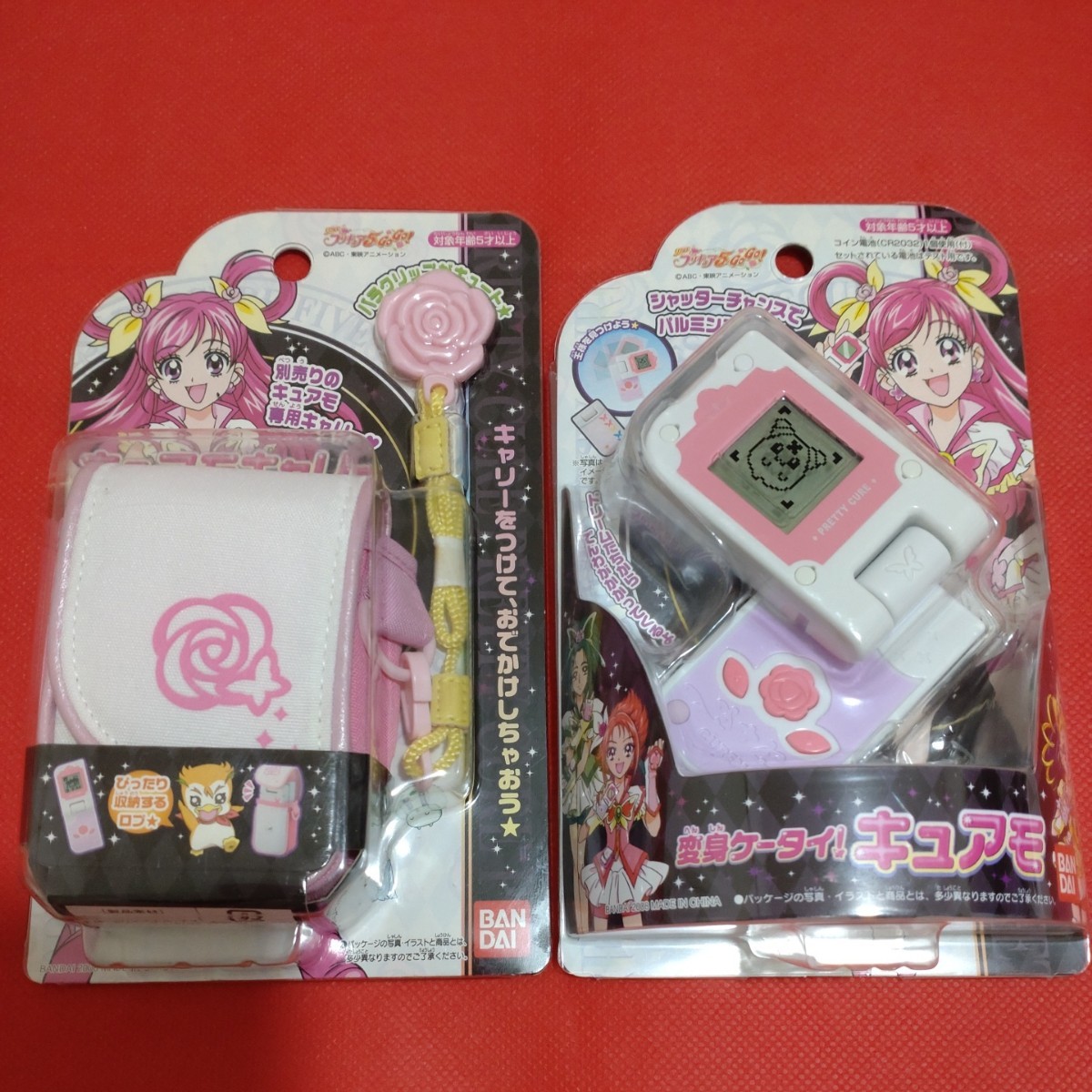
トヨタシエンタSIENTAバグガード/フードプロテクター/ディフレクターNSP/NHP/NCP17系
 タイムセール
タイムセール
999円以上お買上げで代引き手数料無料
商品詳細情報
| 管理番号 | 新品 :80942048 | 発売日 | 2025/01/24 | 定価 | 13,600円 | 型番 | 80942048 | ||
|---|---|---|---|---|---|---|---|---|---|
| カテゴリ | |||||||||
トヨタシエンタSIENTAバグガード/フードプロテクター/ディフレクターNSP/NHP/NCP17系
Glide-Guardは、2018年からロシアのブランドCAPlasticのデフレクターを販売しています。 日頃よりご愛顧頂きをありがとうございます。
当社製品の人気により、このブランドとは関係のない多くの再販業者がヤフーに出品しています。
私たちから商品を購入するメリットは
-日本語訳付き説明書。
-インストールするための特別な道具。
-適合しない場合に製品を返品するサービス
-商品が破損して配送された場合、無料で交換をするサービス
-デフレクターの寿命全体にわたってスペアパーツでサポート致します。
デフレクターのデザインのおかげで、空気が車のボンネットやフロントガラスに触れることなく、ボンネットの上を通過します。このような空気の流れには、塗装に損傷を与えたりフロントガラスを割れたりする可能性のあるさまざまな固体粒子(ほこり、汚れ、砂、小石、昆虫)が常に入っているため、デフレクターの特徴は車をその影響から守ります。デフラクターが車の外観を損なうことなく、独特のチューニングデザインの一部になるように、車種に合わせて選択する必要があります。この場合、デフラクターがボンネットの形にもぴったりになり、その延長として見えるようになります。
空力の専門家とデザイナーのチームは、道路上のトラブルから車を守るだけではなく、外見のデザインの個性を磨き上げる空力特性のユニークな製品を開発しました!
…………………
世界で最も幅広い品揃え(1100車種以上に適合)
厚さ3 mmのアクリル樹脂
ボンネットに沿った形
簡単に取り付けてしっかりと固定できるように開発された特殊な金属マウント
ボンネットに穴を開ける必要なし
デフレクターとボンネットの間に高さ13 mmの特殊なシリコンダンパーあり
ブランド部品
利用の便利さと機能性
スタイリッシュなオリジナルアクセサリー







































